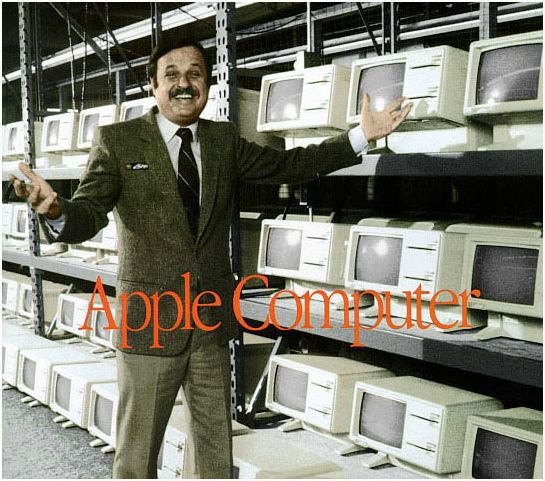This summer I noticed a question on Quora, asking “What are the most unforgettable old Mac computers?”

While most of the answers (predictably) waxed poetic about mainstays such as original or the G4 iMac, the TAM (Twentieth Anniversary Macintosh), the Portable or some odd but cool looking model such as the Macintosh TV, I chose to go against the grain and listed the following choices:
-) Macintosh XL: Lisa born again as a Macintosh and a indespensable development tool in the early years
-) Macintosh SE/30: fast and powerful, but still compact as the first one
-) Macintosh Quadra 900/950: the biggest, heaviest, baddest Mac ever
-) PowerBook Duos: coupled with the DuoDock they were a groundbreaking concept
-) white iBooks/PowerBooks with IBM G3 processors: insanely great battery life for the time

While the speed and power of the SE/30 or Quadras are a well-known fact and many have lauded the virtues of old PowerBooks (I am among those) I think I should expand a bit and offer more context on the first item, i.e. the importance of Lisa/Mac XL during the early years of the Macintosh’s life.
When on January 23 1985 Apple renamed the Lisa 2/10 to Macintosh XL, thanks to the addition of MacWorks XL, a Lisa program that allowed 64K Macintosh ROM emulation, it stressed the Lisa/XL had way more memory and storage space than the early 128K/512K Macs.
These hardware features not only enabled “business users to run complex applications”, as stated by marketing head honcho Mike Murray, but were crucial in the development of those complex applications for the Macintosh.

Up to the release in 1985 of the object-oriented library MacApp and MPW (Macintosh Programmer’s Workshop), Apple and third-party software developers worked on Lisas. And we’re not talking about minor applications or obscure utilities: from 1983, until after the release of the Mac Plus, in January 1986, the Macintosh system software was developed almost exclusively on the Lisa computer and its Lisa Workshop development environment, using mostly in the Pascal language.
So the Mac gifted a second, albeit short and rocky life to the Lisa, the “computer for the rest of us” on the other hand owes a big debt to its bulky and expensive but powerful predecessor.
Note: The first picture shows engineer John Couch posing on front of a lot of Lisas and is taken from the DigiBarn, while the other two pictures are taken from the Lisa Pascal Workshop 3.0 page at the Shrine of Apple

Leave a Reply